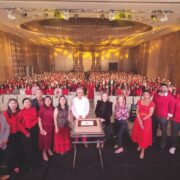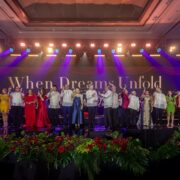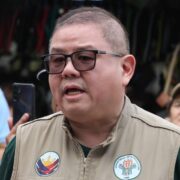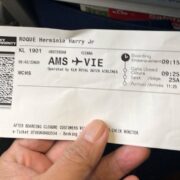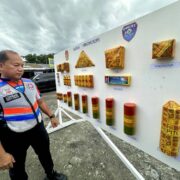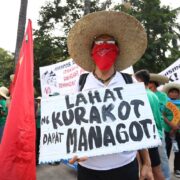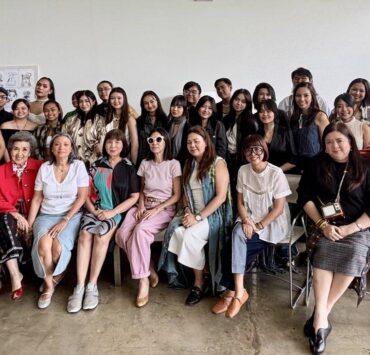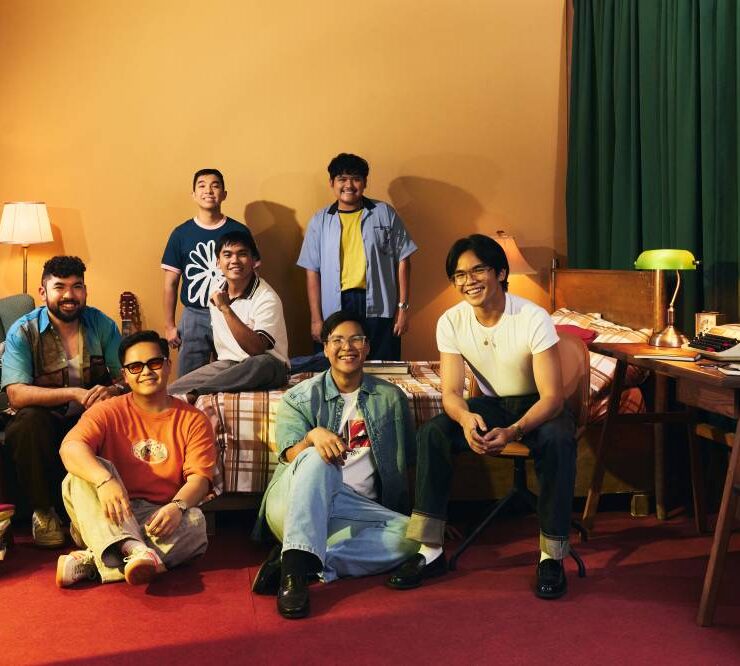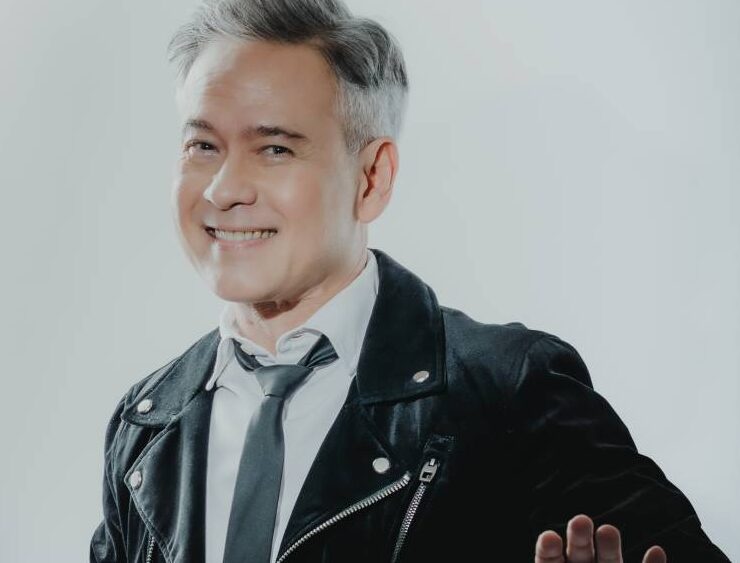Alamat’s evolving, proudly Filipino style
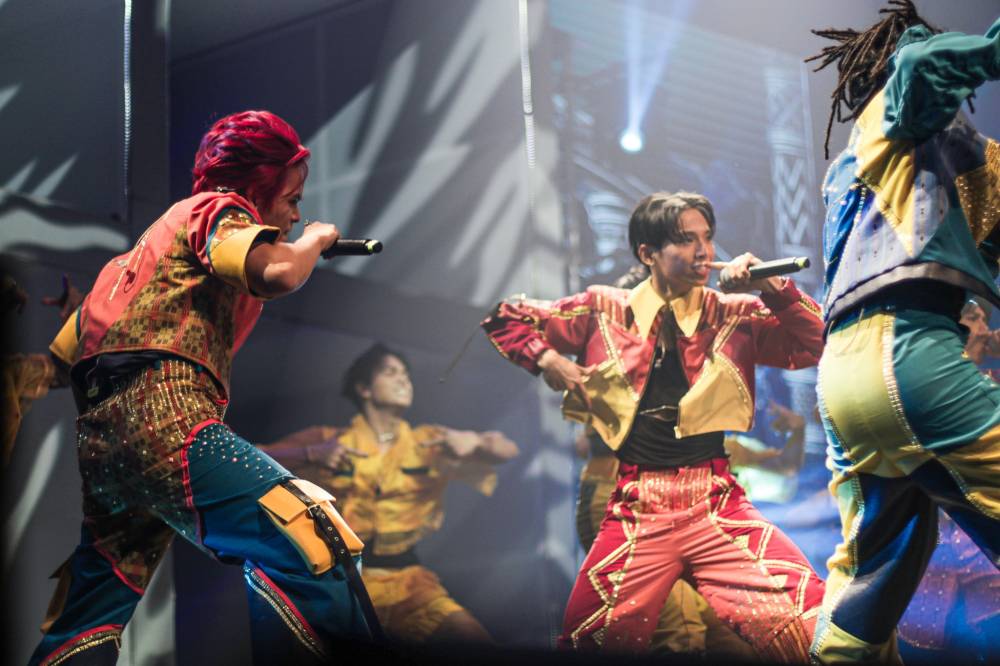
For Alamat, music and fashion are so tightly interwoven that giving the lowdown on the P-pop group’s stagewear for its second major concert, “Ragasa,” could unwittingly spoil the program itself.
But without giving away too much, what we can let on is that the show was designed to take the audience on a visual journey chronicling the six-member boy band’s ever-evolving style.
When Tomas, R-Ji, Taneo, Alas, Mo, and Jao hit the stage at the New Frontier Theater on Dec. 6, the fans, or the “Magiliws,” can expect to see their beloved idols in familiar cuts, textiles, and silhouettes. But as the night wears on, the looks will start to veer away from what’s tried and tested, and inch ever closer toward uncharted territory.
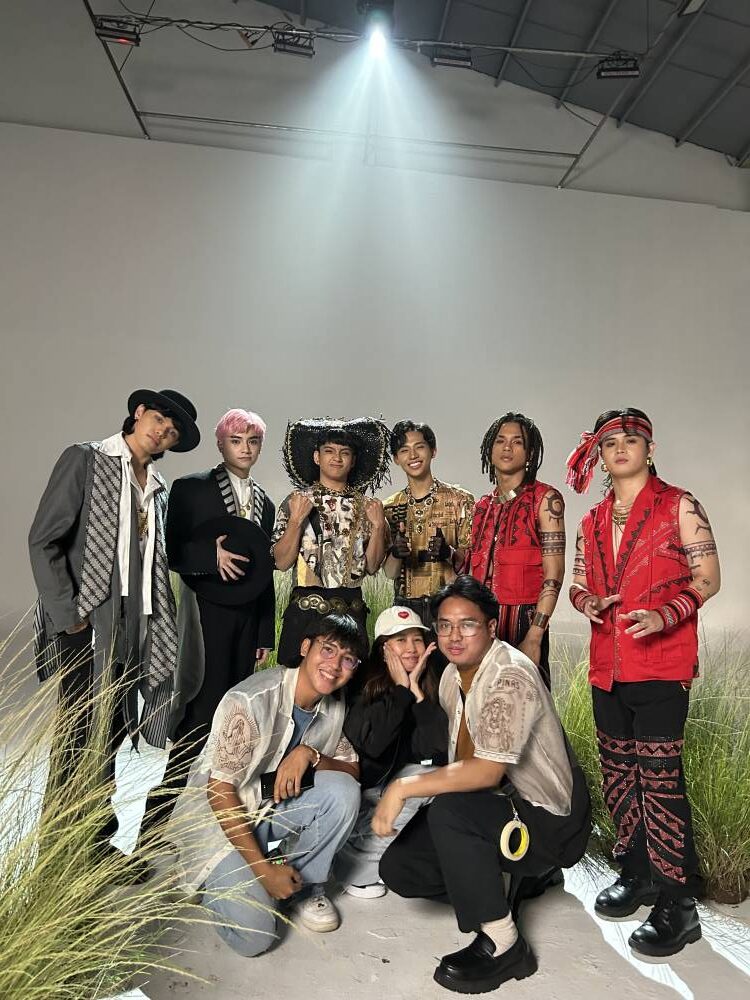
“You will really see the changes. By the time the show reaches the finale, you will be like, ‘Oh, this look is different, something they haven’t done or fully explored in the past,’” Bettina Bañez, head stylist for Alamat, told Lifestyle.
For this project, Bañez tapped Russell Villafuerte, Nina Amoncio, and Anton Herrera—three designers who have become instrumental in shaping Alamat’s fashion identity in recent years. And together, they came up with at least four meticulously curated looks that will reflect the concert segments’ different musical themes and moods.
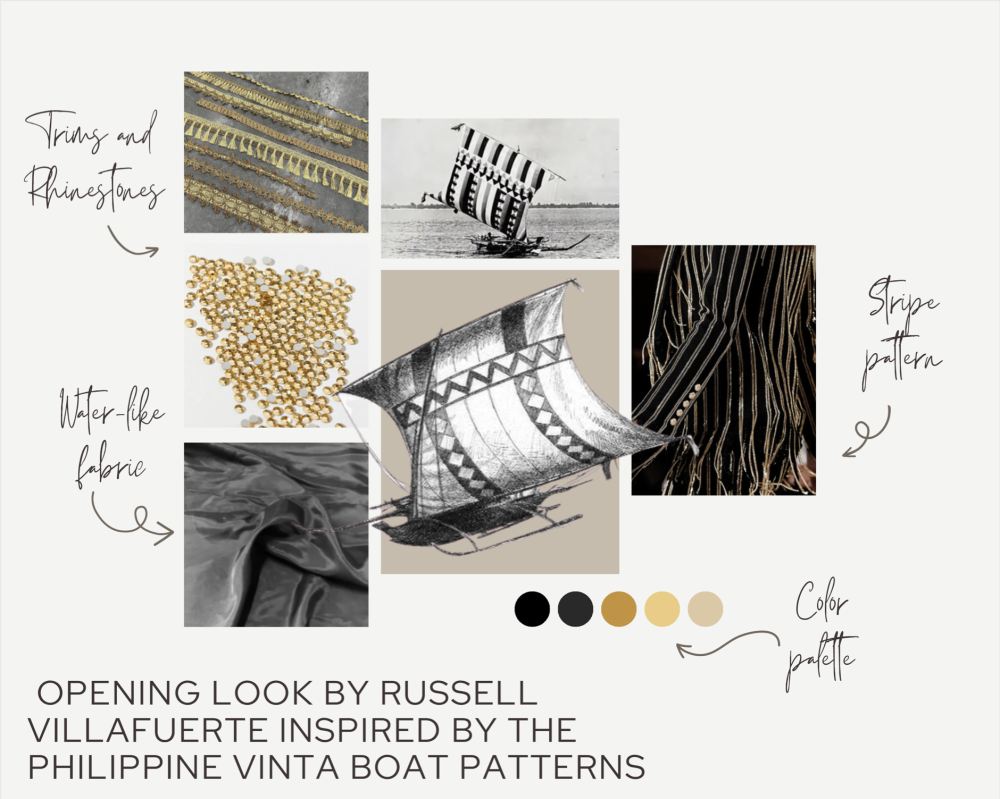
‘Vinta’ inspiration
Incorporating rhinestones and intricate trimmings, the opening look is inspired by the traditional vinta boat, its flowy fabric approximating the undulating waters that keep it afloat. But unlike the vessel’s typically vibrant sails, Bañez’s interpretation is awash with dramatic golds and blacks. And for the eagle-eyed fans, the choice of colors should be more than enough clue to what song it alludes to.
The second concept, a play on leather and animal prints, is less costume-y and more street style-leaning, but with just enough sparkles and flourishes to make things immediately eye-catching. “We will embellish the outfits. I want them to go out onstage all shiny with the lights bouncing off them,” said the stylist, who also provided concert mood boards to Lifestyle.
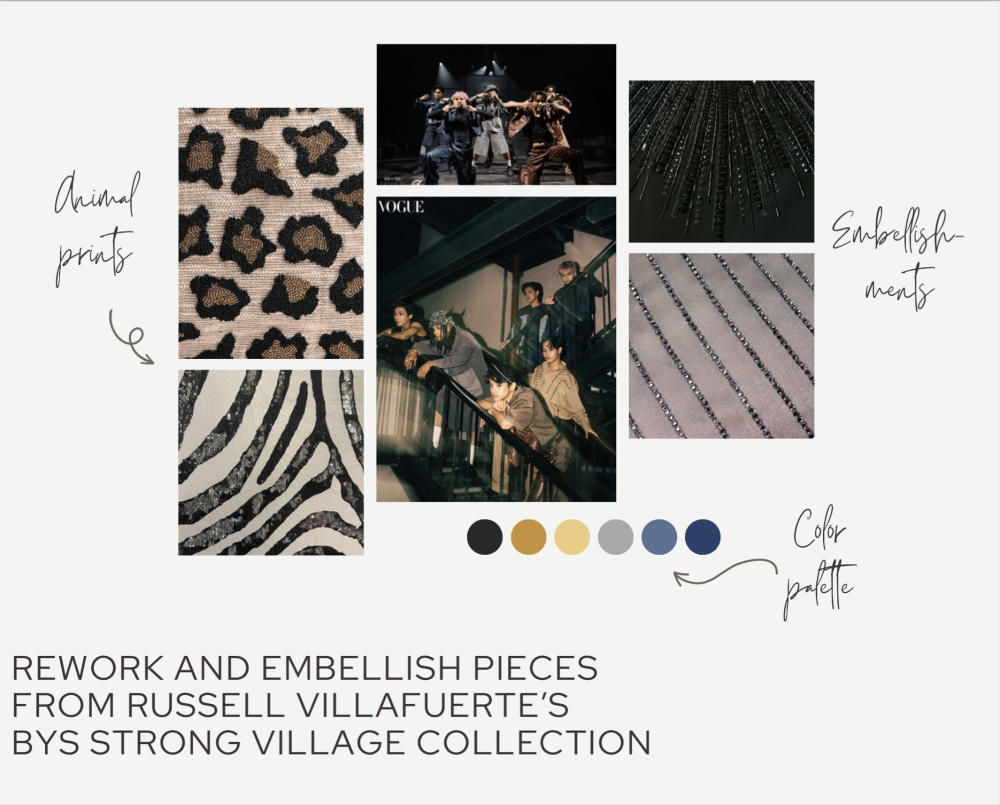
The palette is generally less colorful than that of last year’s “Dagundong” show. But that’s not to say “Ragasa” will be a subdued or a muted affair. There will still be bursts of colors—like the purples and pinks of the third concept’s bejeweled denims—but not of the same magnitude as Bañez’s more festive previous designs.
This time, she went for an “edgier” overall aesthetic, which is most apparent in the predominantly black fourth look—a goth- and grunge-inflected melange of deconstructed pieces.
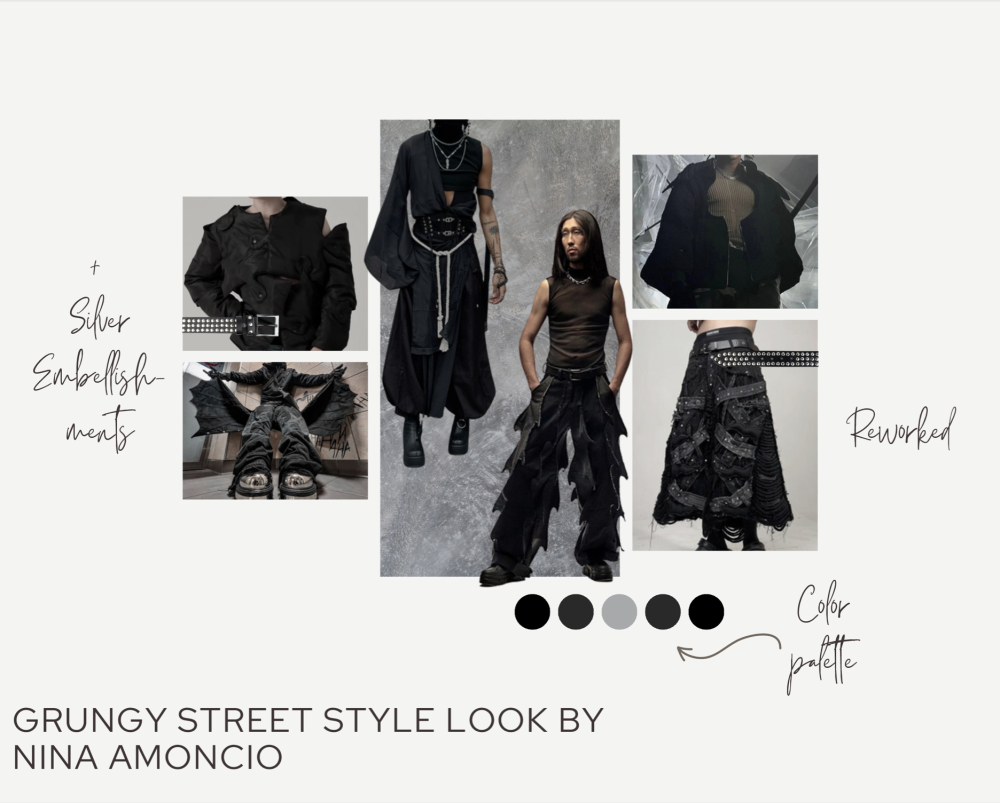
Street fashion
This marked shift from theatrical to more wearable street fashion could very well be a prelude to what the future holds for the boy band in terms of styling.
Alamat’s artistic identity is built upon its multilingual discography, and regional representation through its six members’ different cultural backgrounds. (Mo is from Zambales; R-Ji, Eastern Samar; Tomas, Albay; Alas, Davao City; Jao, Pampanga; Taneo, Kalinga.)
And for the longest time, the group has championed its advocacies with the help of fashion; more specifically, its unabashed embrace of traditional weaves and textiles. In fact, the members were named “telambassadors” by the Department of Science and Technology’s Philippine Textile Research Institute last year.
But Pinoy Pride in fashion need not always be overt, or expressed strictly through Filipino fabrics or pre-colonial silhouettes, Bañez pointed out. Pop and contemporary culture can just be as potent in inspiring appreciation for our own. And that’s something she hopes to delve deeper into.

“The challenge now is how to insert our culture without it being in your face. It’s great to incorporate history into the looks, but I believe that it’s also worthwhile to draw inspiration from the present, what we see now,” Bañez said.
Take the boys’ outfits in the music video of their latest single, “Hiraya,” for instance. At first, the pieces look like something you can pull out from just about any Gen Z wardrobe. But after a second look, amusingly clever details start to reveal themselves:
Jao’s jacket is a patchwork of bus tickets and receipts; from the colorful plastic chains around Taneo’s cargo pants hang little street food-inspired trinkets; R-ji’s’ pants feature plastic sheath compartments containing teks and milk caps; Mo’s socks on the other hand, are the nostalgic Good Morning towels reincarnated.
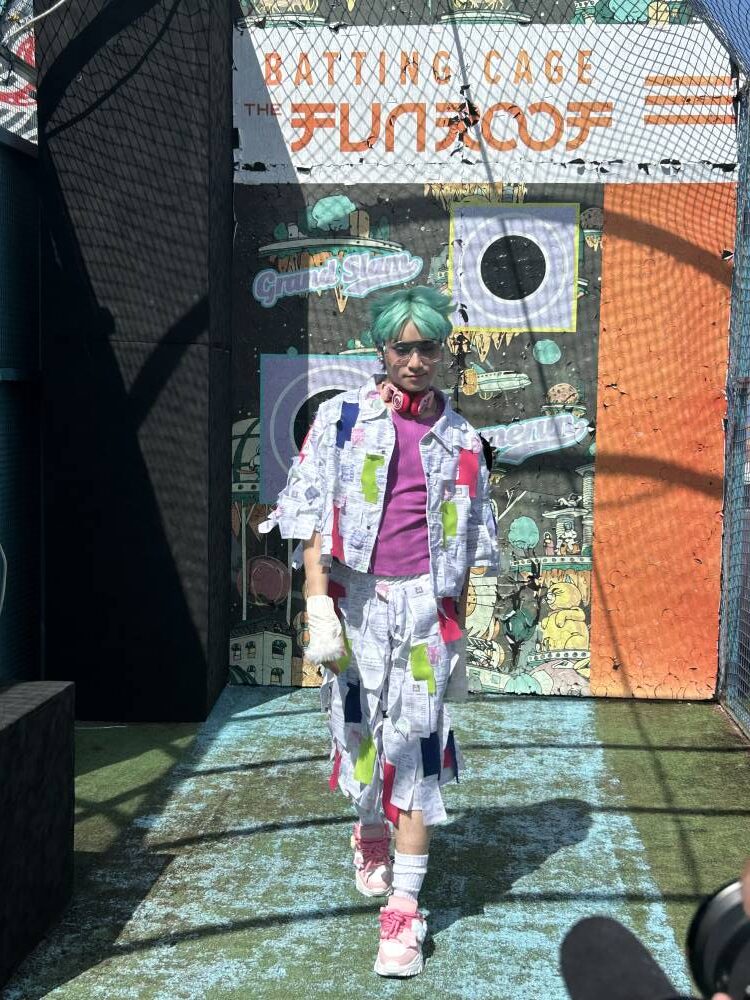
“As you may notice, there are no Filipino weaves, but it’s still giving Pinoy culture,” Bañez said.
While the style trajectory is headed toward more “approachable” ensembles that can be “easily recreated” by its fans, Bañez assured that this new direction will stay true to Alamat’s DNA, and won’t do away with the elements that, through time, have become synonymous with the group’s name.
“We’re still going to revisit Filipino weaves and textures,” she stressed. “And we will always, always, support local brands, designers and small businesses.”
And Bañez seems to be on to something good. The boys certainly think so.
“It makes us proud to wear the designs because, as Alamat, we want to incorporate modern and traditional elements. A lot of people tend to consume foreign media, but we want to show what Filipinos can offer in terms of fashion,” Jao told Lifestyle.
“As performers, we’re honored to wear designs that fit our branding well,” Taneo added.
The boys are particularly excited about their outfits for their respective solo spots, which will give the audience a better idea of their personalities and style preferences. Jao, for instance, has colorful, playful fashion tendencies. Taneo prefers his tops to have a boxy fit. Flared pants give Tomas a more elongated look.
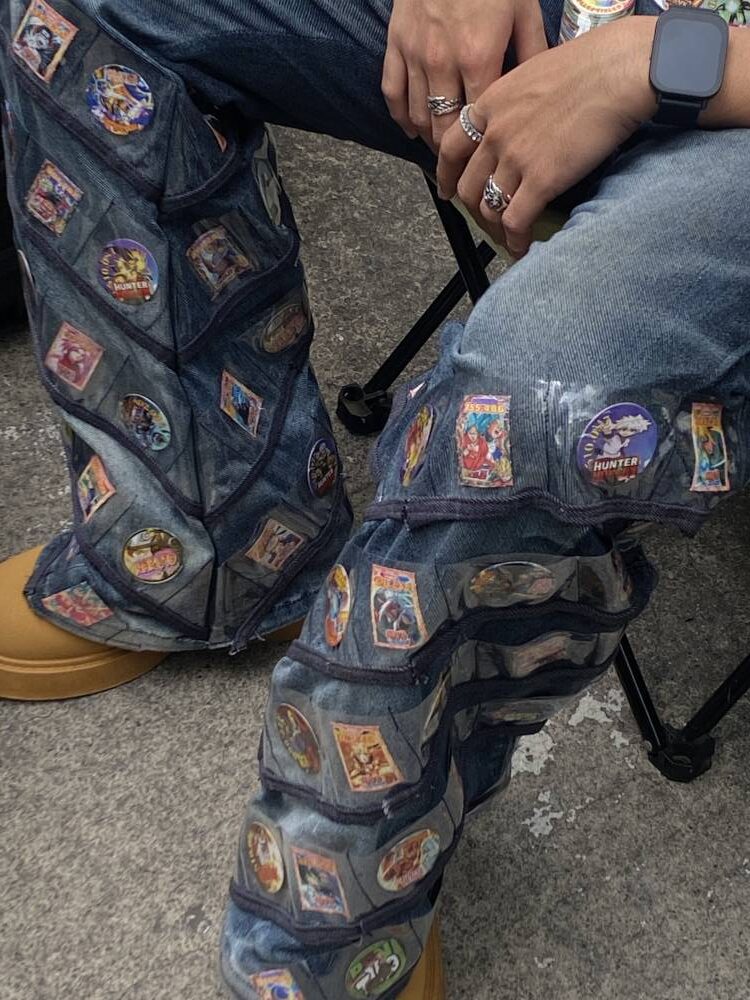
Cohesive
“Sometimes, as a group, they have to compromise a bit because they have to look cohesive. There should always be elements that tie everything together,” Bañez pointed out. “But for the solo spots I’m letting them go all out. It’s more of them giving me pegs and telling me what they want.”
Bañez has always been fascinated by fashion for as long as she could remember. As a kid, she used to take old socks and turn them into dresses for her Barbie dolls. And while she took up production design at the De La Salle-College of Saint Benilde, it was subjects and topics like costume history, pattern-making and clothing construction that truly reeled her in.
For years, she worked as an ad stylist and accepted different jobs related to advertising and production. But after a series of serendipitous events, she found herself styling artists and celebrities. First it was singers Janine Teñoso and Arthur Nery, and then, two years ago, Alamat.
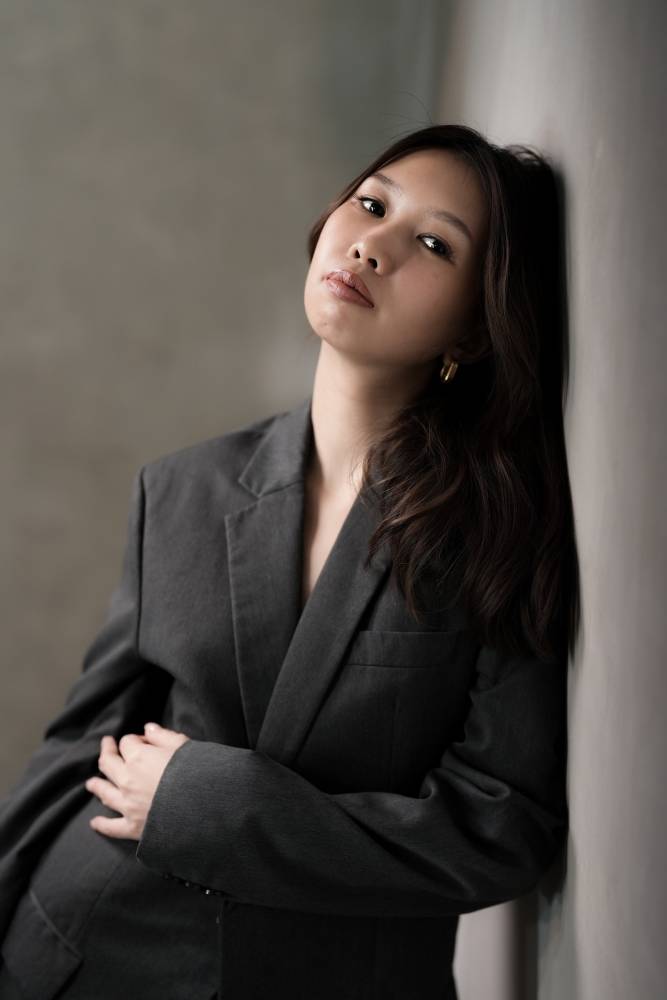
Bañez was hesitant at first. Her background was womenswear, after all. Yes, she has had experience styling men and solo male artists, but never a full-fledged sing-and-dance P-pop boy band, much less a popular one like Alamat.
But it was a challenge she was willing to take—or at the very least, try. And thankfully, her gamble paid off. “I’m still here, so they must like what I do,” she said, laughing. And now, she gets to watch her ideas take shape onstage and onscreen—brought to life and motion by six of P-pop’s most talented young men.
“Watching them perform is always a proud moment for me,” she said. “Sometimes, I still surprise myself with what I come up with. ‘Ay, nagawa ko ‘to for them?’ I tell myself. ‘Kaya ko pala ‘to.’’
For tickets, visit ticketnet.com.ph

